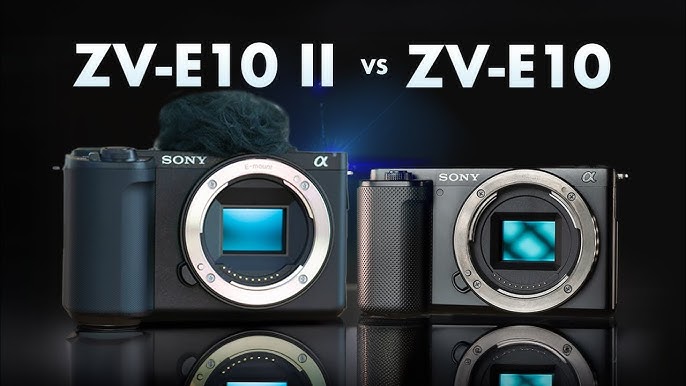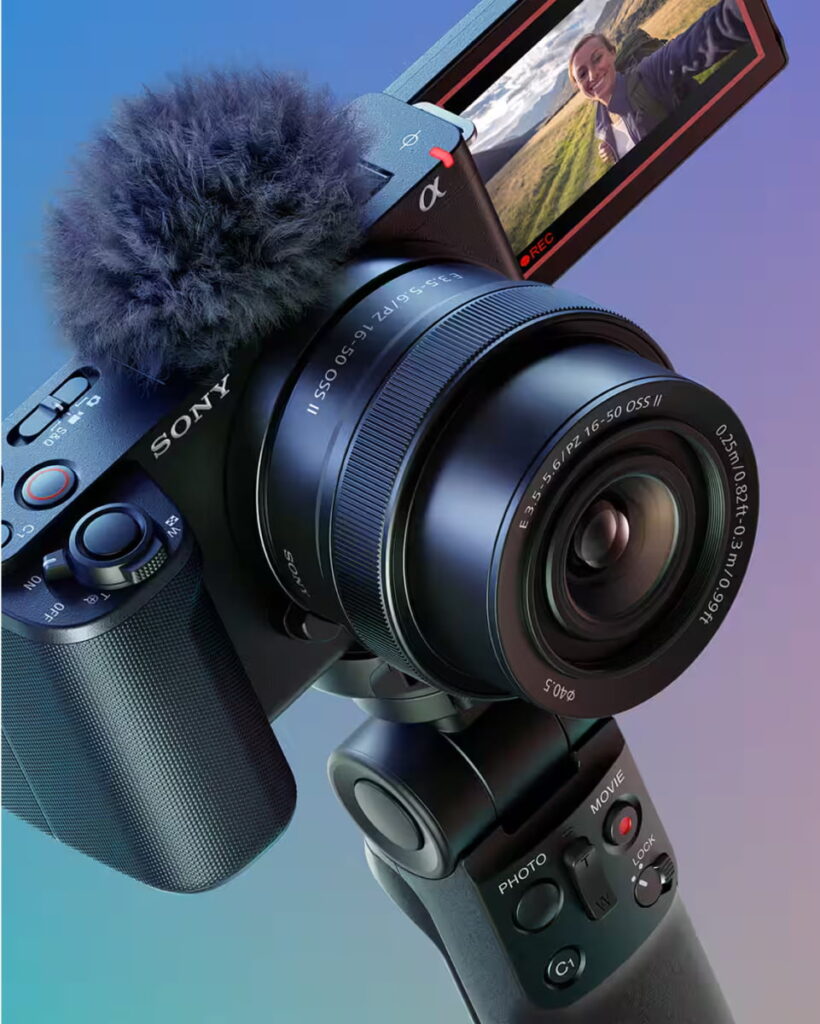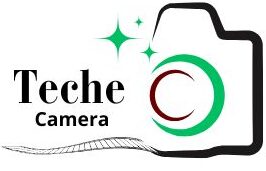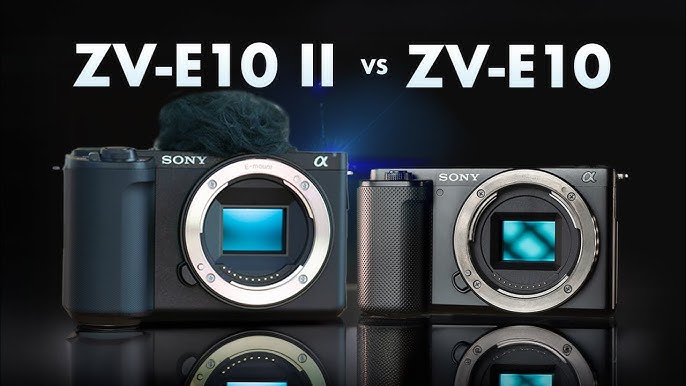When it comes to vlogging and online content creation, choosing the right camera can define your workflow and video quality. This detailed guide compares the Sony ZVE102 APS content creators vs ZV-E10, two leading APS-C mirrorless options designed with creators in mind. Whether you’re a beginner or ready to upgrade, this comparison will help you choose the right tool for your content journey.
Quick Overview: Sony ZV-E10 vs ZVE102 for APS-C Creators
Sony released the original ZV-E10 as a budget-friendly vlogging camera built around a 24.2MP APS-C sensor. It became popular for YouTube, TikTok, and Instagram creators. In 2025, Sony launched the ZVE102, also known as the ZV-E10 II, featuring a new sensor, updated processing, and key upgrades targeting today’s content creation needs.

Both cameras have a flip-out screen, microphone input, and compact design. However, under the hood, the ZVE102 brings stronger video specs, longer battery life, and better handling.
Sensor and Image Quality Comparison
One of the biggest upgrades in the Sony ZVE102 APS content creators vs ZV-E10 is the sensor technology.
- ZV-E10: 24.2MP standard CMOS APS-C sensor
- ZVE102 (ZV-E10 II): 26MP back-illuminated Exmor R sensor
The back-illuminated sensor in the ZVE102 improves low-light performance, boosts detail retention in shadows, and handles highlights better. For creators who shoot indoors or in natural light, this means cleaner footage and sharper results.
The difference is even more noticeable in RAW photography, where the ZVE102 provides more flexibility in post-processing.
Video Recording Capabilities
The video specs are where the Sony ZVE102 APS content creators vs ZV-E10 comparison really stands out.
- ZV-E10:
- 4K at 30fps (8-bit video)
- 1080p at 120fps (slow motion)
- No 10-bit color, basic bitrate options
- ZVE102:
- 4K at 60fps with slight 1.1x crop
- 10-bit 4:2:2 internal recording
- Better rolling shutter control
- More dynamic range and color depth
For YouTubers, filmmakers, or Instagram Reels creators, 4K60 and 10-bit recording are game-changers. You get smoother footage and more flexibility for grading, transitions, and post-production.
The ZVE102 also includes improved heat management for longer 4K recording sessions.
Autofocus & Subject Tracking
Both cameras use Sony’s real-time Eye-AF and subject tracking. However, ZVE102 refines the experience with:
- Faster subject recognition
- More consistent face detection in low light
- Focus breathing compensation
- Updated AI-driven autofocus engine
This makes the Sony ZVE102 APS content creators vs ZV-E10 test lean toward the newer model for fast-paced environments like live vlogging, interviews, or dynamic scenes.
Image Stabilization & Handheld Shooting
Neither camera includes in-body image stabilization (IBIS), but the ZVE102 does offer enhanced digital stabilization and:
- Focus breathing correction
- Steadier digital crop mode
- Compatibility with Sony’s Active SteadyShot via lenses
In handheld situations, such as walking vlogs or b-roll, the ZVE102 footage feels smoother when paired with a stabilized lens.
Battery Life and Charging
One of the most appreciated upgrades in the Sony ZVE102 APS content creators vs ZV-E10 debate is battery performance.
- ZV-E10: NP-FW50 battery (~440 shots)
- ZVE102: NP-FZ100 battery (~700 shots)
The new battery is the same used in Sony’s full-frame cameras and allows much longer shooting without interruption. It also supports USB-C PD fast charging, ideal for travel or long-form recording.
Design, Handling & User Interface
- ZV-E10: Smaller, lightweight, simple layout
- ZVE102: Slightly bigger grip, better balance, modern FX-inspired UI
Sony added the vertical shooting UI and customizable touchscreen interface on the ZVE102, making it easier for vertical creators and short-form video shooters.

Also, the build feels sturdier, with buttons laid out better for one-hand use—important for solo vloggers.
Audio Capabilities
Audio is crucial for content quality. Both cameras share:
- Directional 3-capsule internal mic
- Hot-shoe for digital mics
- Mic and headphone jacks
- Windscreen compatibility
The Sony ZVE102 APS content creators vs ZV-E10 test shows the same strong internal mic system, but the ZVE102 may offer cleaner preamps and audio processing for external microphones.
Connectivity and Livestreaming
- ZV-E10: USB-C webcam mode (up to 1080p)
- ZVE102: USB-C live streaming in 4K at 30p
With more creators using their camera as webcams for streaming, interviews, or online classes, the ZVE102 provides higher quality and more stable output.
It also includes UVC/UAC standard streaming support for plug-and-play compatibility.
Price and Value for Content Creators
- ZV-E10: ~$699 body only / ~$799 with kit lens
- ZVE102: ~$999 body only / ~$1,099 with kit lens
Is the ~$300 upgrade worth it?
If you prioritize future-proofing, 10-bit video, better battery, and streaming quality, the ZVE102 offers long-term value. However, if you’re starting your content creator journey or working with a tight budget, the ZV-E10 is still a great entry-level option.
Best Use Cases: ZV-E10 vs ZVE102
| Creator Type | Best Option | Why |
| Beginner YouTuber | ZV-E10 | Affordable, good quality |
| Travel Vlogger | ZVE102 | Better stabilization, battery life |
| Livestreamer | ZVE102 | 4K streaming, better heat control |
| Short-Form Creator | ZVE102 | Vertical UI, better color grading |
| Interview/Podcast | ZVE102 | Improved audio workflow |
Recommended Lenses and Accessories
To get the most out of both cameras, here are top choices:
- Wide-Angle Lens: Sony 10-18mm f/4 OSS
- Portrait Lens: Sony 35mm f/1.8 OSS
- Mic: Rode VideoMic NTG or Sony ECM-B1M
- Tripod: Manfrotto PIXI or Joby Gorillapod
- Light: Aputure AL-M9
Pairing either body with stabilized lenses will improve handheld results significantly.
Long-Term Use & Upgrade Path
If you’re thinking long-term, the ZVE102 gives you access to:
- Sony’s newest UI and firmware ecosystem
- Better codec support for future editing software
- Longer support lifecycle from Sony
The Sony ZVE102 APS content creators vs ZV-E10 debate leans toward the ZVE102 for those planning 2+ years ahead in content creation.
Pros and Cons Summary Table
| Feature | ZV-E10 | ZVE102 (ZV-E10 II) |
| Sensor | 24MP CMOS | 26MP Exmor R BSI |
| Video | 4K/30p 8-bit | 4K/60p 10-bit |
| Battery | NP-FW50 | NP-FZ100 (longer life) |
| Stabilization | Basic digital | Enhanced digital + FB comp |
| Streaming | 1080p USB | 4K USB live |
| Audio Ports | Mic + Headphone | Mic + Headphone |
| Price | Budget-friendly | Premium features |
Conclusion
The Sony ZVE102 APS content creators vs ZV-E10 comparison highlights two excellent options for modern creators. The ZV-E10 remains a solid budget pick with great features for beginners. But if you’re serious about video quality, battery life, and future workflows, the ZVE102 is a powerful, creator-ready upgrade.
Both are excellent in their class—but your content goals and budget should guide your decision.
FAQs
1. What’s the biggest difference between Sony ZVE102 and ZV-E10?
The ZVE102 has a newer sensor, 10-bit 4K video at 60fps, longer battery life, and better streaming quality.
2. Can the Sony ZV-E10 still be used in 2025?
Yes, it’s still capable for beginners and casual content creators.
3. Is the ZVE102 better for YouTube or livestreaming?
Yes, it supports 4K streaming and offers better thermal control.
4. Does the ZVE102 have image stabilization?
No IBIS, but it has better digital stabilization and lens-based support.
5. Can I use the same lenses on both cameras?
Yes, both use Sony E-mount lenses.

